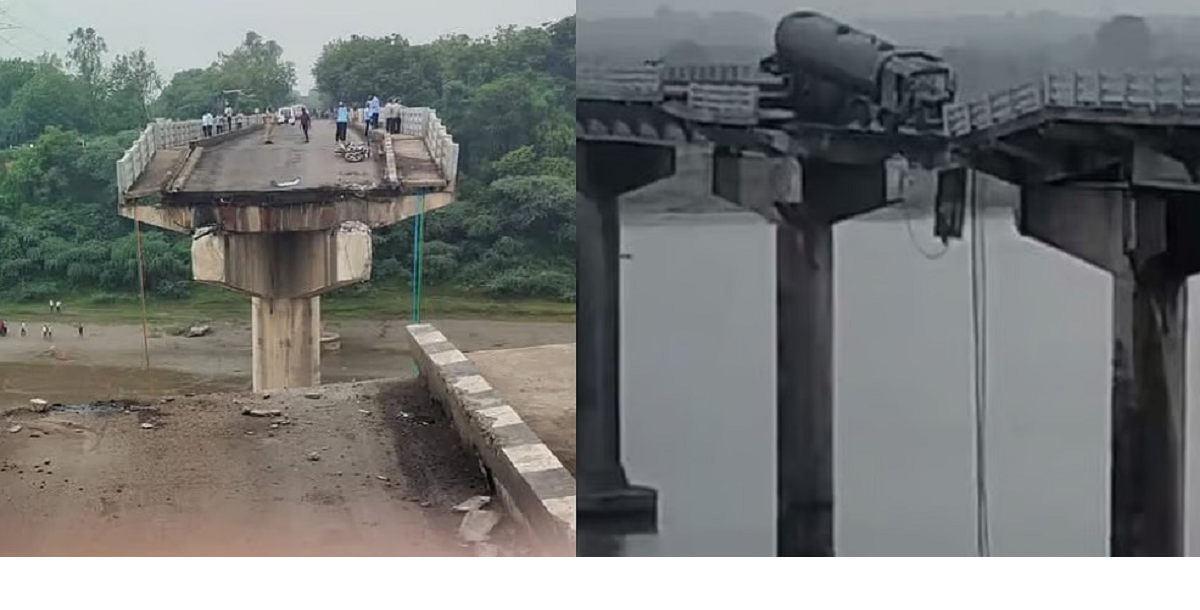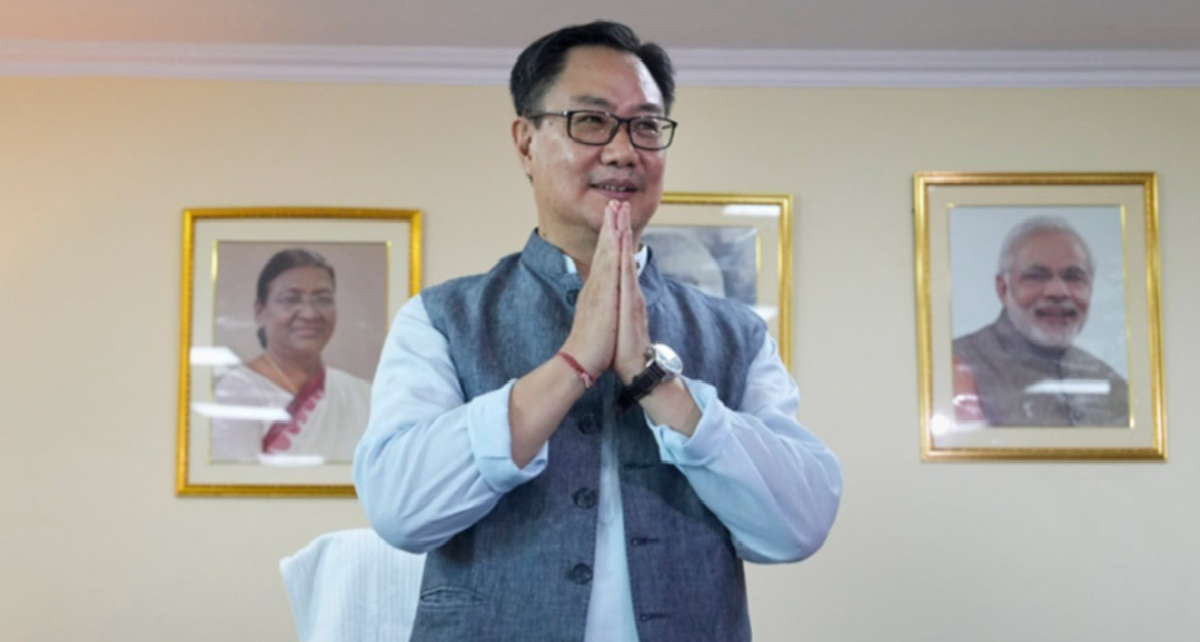The demand for greater political representation for Arunachal Pradesh has resurfaced with renewed urgency, as former Member of Parliament and minister Takam Sanjoy has made a fresh appeal to the Government of India, the Delimitation Commission, and the Election Commission to expand the state’s representation in Parliament and the Legislative Assembly. Sanjoy has proposed a significant increase in the number of seats allotted to Arunachal Pradesh: from 2 to 6 in the Lok Sabha, from 1 to 2 in the Rajya Sabha, and from 60 to 90 in the State Assembly. He argued that such changes would require constitutional amendments to Articles 80 and 81, and stressed the importance of taking urgent action to address what he called a long-standing imbalance in legislative representation.
He underscored the strategic significance of Arunachal Pradesh, which shares international borders with China, Myanmar, and Bhutan. He noted that the state, despite having the largest geographical area among the Northeastern states and being home to 26 major tribes and over 100 sub-tribes, continues to remain vastly underrepresented in both houses of Parliament. Sanjoy pointed out that the state’s unique socio-political landscape, marked by ethnic diversity, remote terrain, and sensitive international borders, makes it imperative for the central government to ensure greater political inclusion. He also cited challenges such as low literacy rates, underdeveloped infrastructure, and sluggish economic progress as reasons why Arunachal needs more voices in the national discourse.
Highlighting historical context, Sanjoy recalled that the Arunachal Pradesh Legislative Assembly had unanimously passed a resolution in March 1998 demanding a similar increase in the number of parliamentary seats. He had spearheaded that resolution as well, which has since remained pending without action. He further argued that population figures alone should not be the sole basis for delimitation, especially in tribal-dominated and geographically strategic states. The state has seen administrative expansion to 28 districts to meet the needs of its diverse tribal communities, a development that he said reflects the urgency for increased legislative representation.























































































































































































































































































